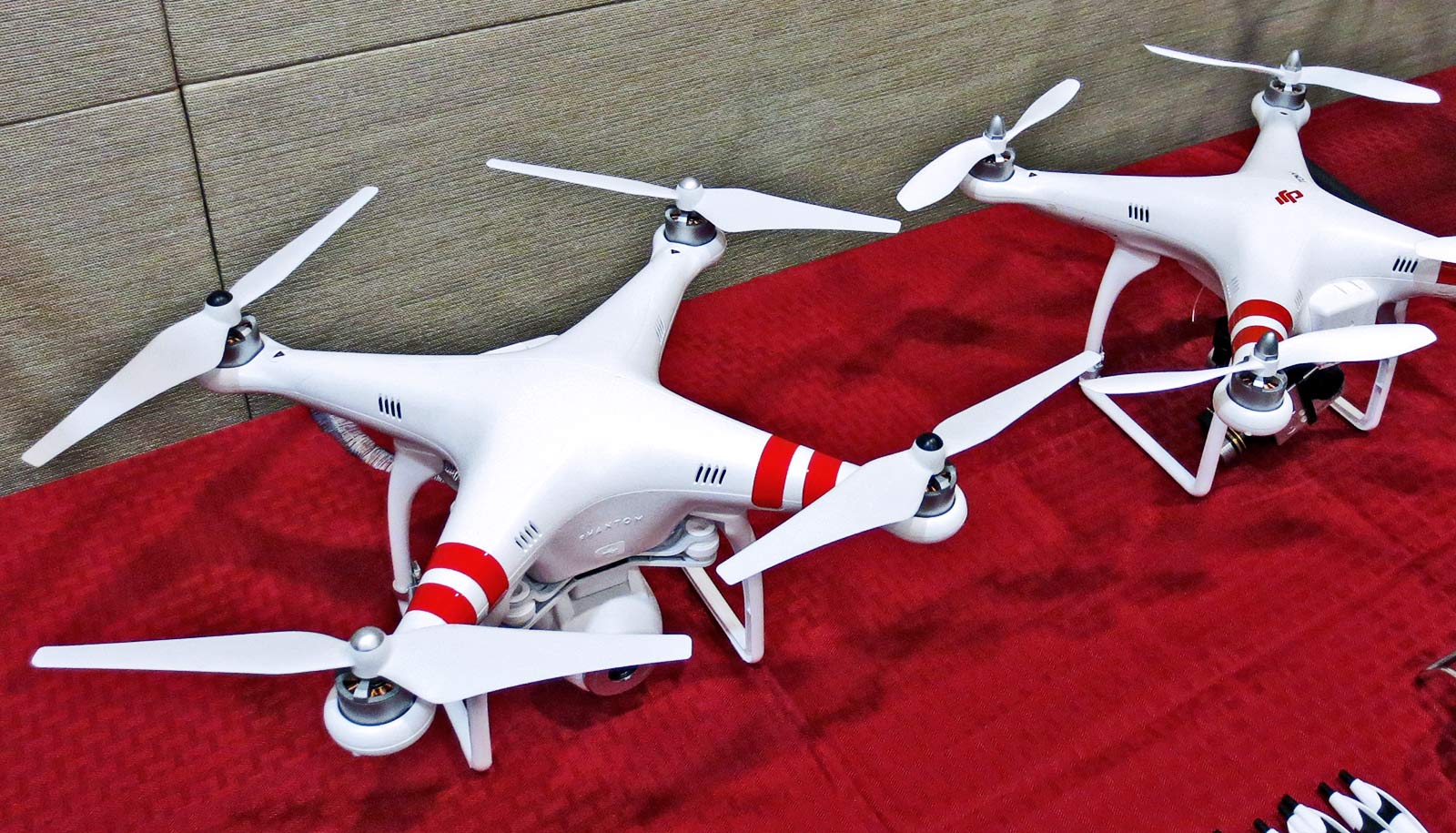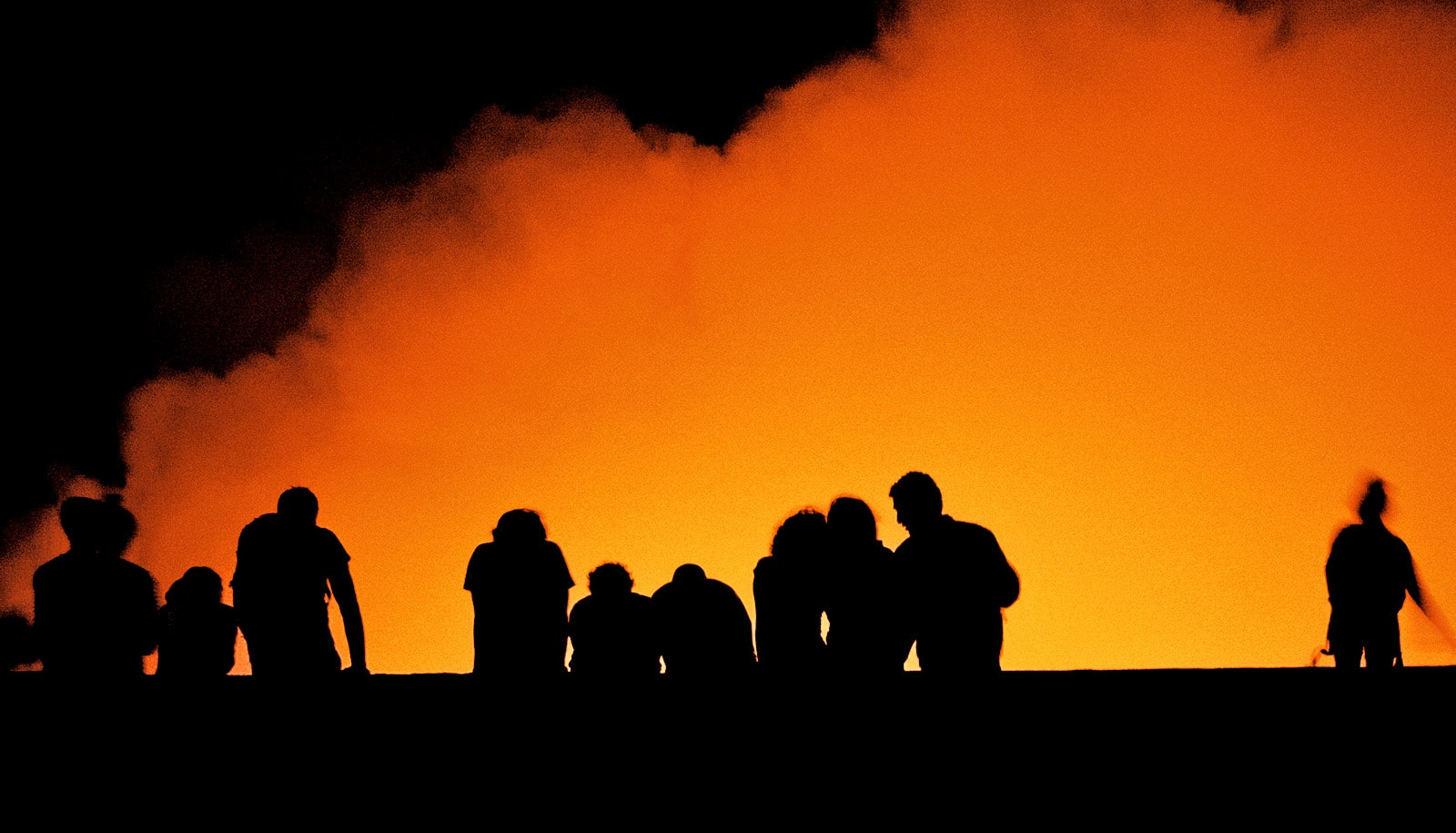New research shows how drones can greatly reduce the effort required to make realistic animated figures for movies and television.
Computer scientist Tobias Nägeli is sure that drones are going to change the film industry in a major way. About a year ago, he showed that spectacular, highly technical film scenes could be shot much more easily with these mini aircraft.
For the new project, which he presented at the ACM SIGGRAPH ASIA conference in Tokyo in early December, he demonstrated that drones also have great potential for animated film, too.
Better than today’s methods
“It’s a very time-consuming task to make figures look realistic in an animated film,” explains Nägeli. “For the figures to appear natural, the first step is to film an actor performing the movements. The second step is then to build the animated figure around this.”
In order to reconstruct the actor’s movements for the 3D animation, at least two cameras must first simultaneously record them. Sequences of motion that cover a great deal of space in particular create an enormous amount of technical work, so two well-positioned cameras should be able to cover the entire scene. This requires either installing numerous cameras in different places, of which only a few can be used at the same time, or other tricky installations.
This complicated technique may soon be obsolete. Nägeli and his colleagues have developed a system that, in its simplest configuration, consists of two commercially available drones and a laptop.
The drones follow the actor’s every move and automatically adjust their position so that they can can always shoot the target from two angles. This reduces the amount camera work required, since the cameras only have to be in the spots where they are actually needed. Impressively, the system anticipates the actor’s movements in real-time and then calculates where the drones need to fly in order to keep the actor in the frame.
To minimize the volume of data, infrared diode markers attach to the actor’s joints. The drones, which have a true light filter, record only the light from the markers, greatly simplifying data processing. The system only sees a few points, from which it then determines the body’s position and directional movement.
“What makes our system so unique is that it can also reliably capture sudden and fast movements,” explains Nägeli.
“Of course, this kind of demo system is not good enough to meet the requirements of the film industry yet. But it does offer a promising approach.” As he explains, the system could also be extended with additional drones to capture movement in even greater detail. It is also conceivable that the current approach with light markers could be replaced by automatic image analysis, thus reducing the technical complexity of film production even further.
Not just movies
The team conducted various tests to show how the system can be used to track human movement over longer distances—something that makes the approach interesting for sport motion analysis.
“Until now, it has been impossible to perform a comprehensive motion analysis on runners, for example, because it is much too complicated,” explains Nägeli. “With our system, it’s very easy now to examine how a runner’s kinetics changes over a period of time.”
For the time being, this is still just a vision. Now, the challenge is to continue developing the system for practical applications. Together with two colleagues, Nägeli plans to tackle this task at the new start-up company Tinamu Labs.
Additional researchers on the project are from ETH Zurich and Delft University of Technology.
Source: ETH Zurich



